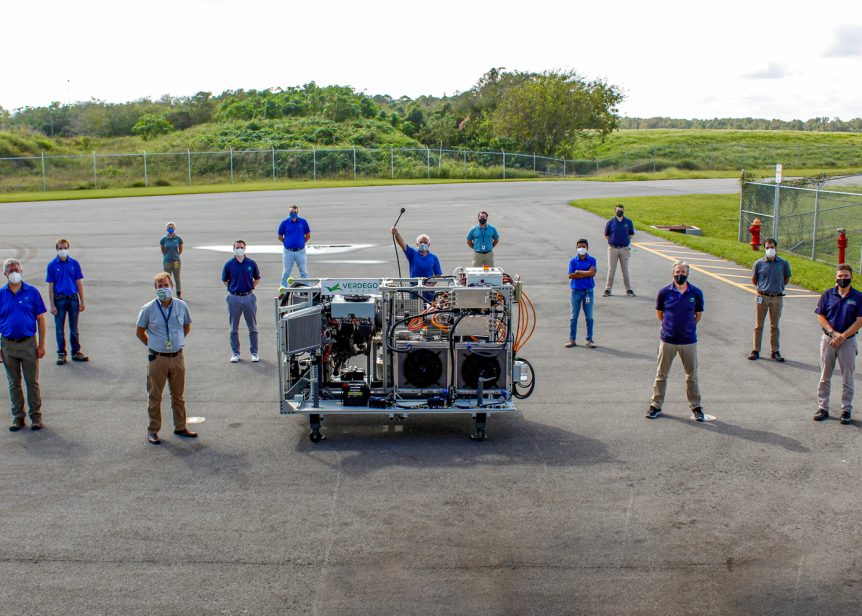Textron acquires Pipistrel – just another merger? An age-old cartoon shows ever-bigger fish gobbling up smaller fish, a kind of allegory for capitalist, competitive markets, perhaps. In the electric flight world, this acquisitive spirit is exemplified by the news that Textron, “home to Cessna, Beechcraft, and Bell aviation brands,” is purchasing the smaller Slovenian firm Pipistel. Pipistrel has grown from humble origins producing powered hang gliders to its current status as a major supplier of small training aircraft, electric motor gliders and trainers and cargo vehicles. What might be great joy for Ivo Boscarol, founder and CEO of Pipistrel, comes with varying degrees of happiness and concern for others. Boscarol will remain as Chairman Emeritus and minority stockholder for the next two years and has these encouraging words for Pipistrel’s future. “To drive Pipistrel’s ambitious goals and to continue its story of success, the joining of Textron and Pipistrel provides deep expertise and resources which would otherwise be inaccessible to …
Erik, Eric, Dr. Anderson, Verdego and Hybrid Power
In a recent AVWeb Vodcast, Paul Bertorelli interviewed Embry Riddle’s Dr. Pat Anderson on the topic, “Why Electric Airplane Designers Are Turning to Hybrid Drives.” Battery energy-carrying capability has not fulfilled its promise yet, according to Anderson. The difference in energy density between fossil fuels and batteries is still too great to fulfill missions involving more than small craft and short distances for the most part. This outlook caused Dr. Anderson’s associates, Eric Lindbergh and Eric Bartsch to form Verdego Aero, dedicated initially to developing a Diesel-hybrid generator system. They corroborate Dr. Anderson’s sense of current battery technology, their web site answering “Why hybrid?” They explain, “Electric aircraft are at the forefront of aviation technology, but the energy density of current batteries isn’t yet high enough to support many mission types or aircraft designs. The power generation systems in the VerdeGo IDEP (Integrated Distributed Electric Propulsion) systems, which use Continental Jet-A Piston Engines, offer 4-8x the equivalent energy density of today’s …
Hybrid Aircraft – Several Empowering Possibilities
While we wait (with increasing patience or impatience depending on our personalities) for the next round of battery developments to make pure electric airplanes a reality, hybrid possibilities abound. The definition of “hybrid” might not be as coherent as those used for automobiles. Some “hybrids in this entry allow extended letdowns following a primary engine failure. In that case, the added electric motor/generator gives extra minutes to find a safe landing space. While both motor and primary engine are operational, the system acts much like an automotive hybrid system, both motor and engine combining outputs for added power, or the electrical portion recharging batteries while the engine maintains cruise power. Some are more like automotive serial systems, an engine-driven generator charging batteries which power the propulsion motor. Pipistrel, though the Hypstair project, has a 200-kilowatt (268-horsepower) unit ready for test flights in 2017, according to Tine Tomazic, Director of Research and Development. Several Flying Now Several years ago, Flight Design …
Good News and a Bright Future from EAS IX
Sitting next to your editor for the first day of CAFE’s ninth annual Electric Aircraft Symposium, Paul Bertorelli from AVweb, took copious notes, made sound recordings, and during coffee and lunch breaks and in after-hours sessions, interviewed the accomplished faculty at the Symposium. His thorough and far-reaching reports appear in his last several days’ postings to AVweb. Having stressed mightily while attempting to take understandable notes from each speaker’s talk, your editor can only be impressed by Paul’s super reportorial abilities, and his communicating the scope and importance of what took place at EAS IX. From your editor’s perspective, several significant things took place this year. Senior leadership from Airbus and Siemens presented talks affirming their companies’ commitment to making progress in electric aviation, with future plans to develop two and four-seat aircraft for European and American markets from Airbus, and to produce a range of light-weight, commercially-available motors from Siemens. Siemens has 343,000 employees worldwide and revenues of 101.2 …


